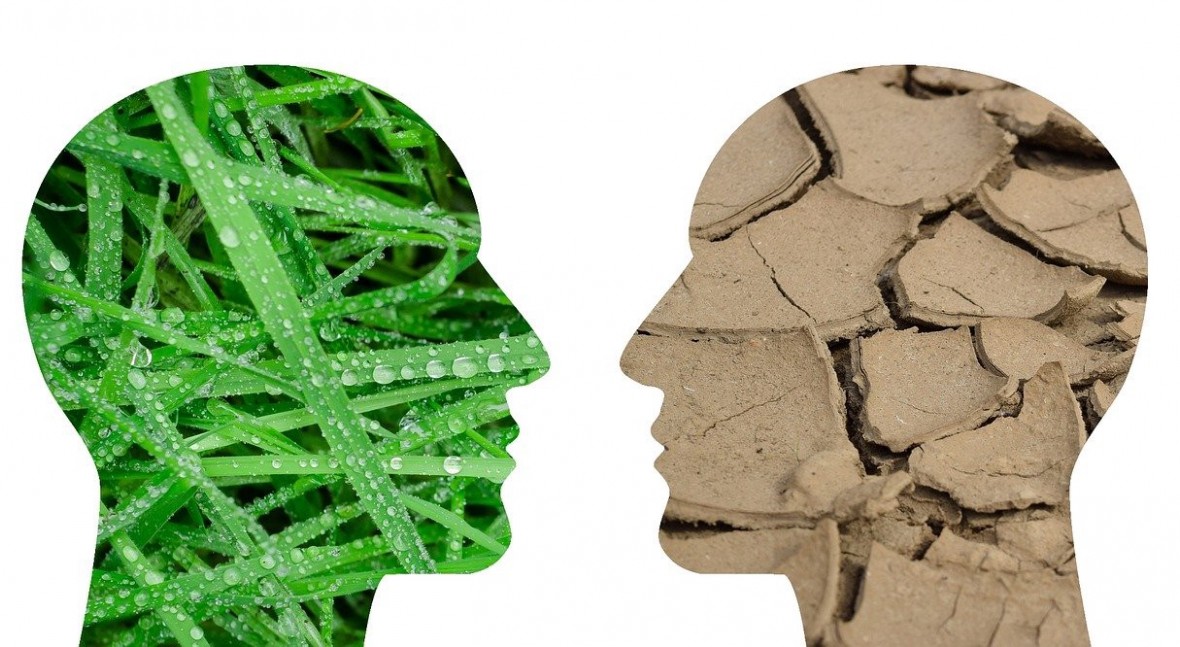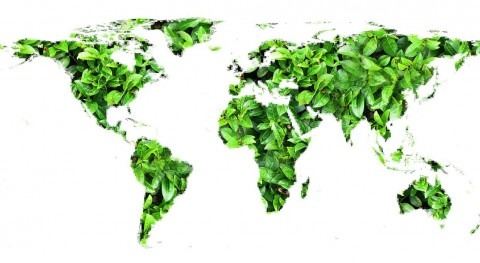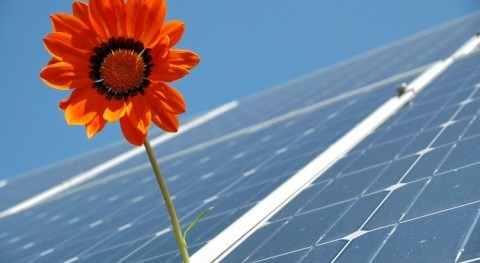The water sector is implementing a range of best practices to reduce water-energy-carbon nexus pressures.
Abstracting, treating, and conveying water requires significant amounts of energy, most of which is derived from fossil fuels including coal, gas, or natural gas. Energy production from these sources generates carbon dioxide, methane, and nitrous oxide.
Urban water utilities typically account for 1–2% of total global primary energy use and up to 6% of regional electricity use. The result is that, in addition to having to adapt to climatic extremes, the sector contributes up to 17% of greenhouse gas emissions locally.
A variety of innovations have been implemented by water utilities to reduce water-energy-climate nexus pressures including the following:
1. Singapore’s first large-scale floating solar photovoltaic (PV) system
Singapore’s Public Utilities Board (PUB) will deploy the country’s first large-scale floating solar PV system on Tengeh Reservoir by 2021. The 50-megawatt peak (MWp) system will be in addition to two other smaller 1.5MWp floating solar PV systems on Bedok and Lower Seletar reservoirs that should be in place by early 2020. This is on top of PUB deploying solar PV systems on the roofs of its water infrastructure to generate renewable energy and lower its carbon footprint. Once all the floating solar PV systems have been installed, PUB will have a total solar capacity of around 57MWp, which is enough to power the equivalent of 15,500 4-bedroom housing development board flats per annum.
2. San Francisco decoupling water consumption from energy usage
As the San Francisco Public Utilities Commission (SFPUC) is a provider of water, wastewater, and energy services, one of its most important roles is to help customers use their energy as efficiently as possible. To decouple water consumption from energy usage, SFPUC offers a grant for non-residential customers to upgrade or replace their existing on‐site indoor water‐using equipment. Grants can be up to 50% of the project’s equipment costs, with a maximum amount of $75, 000 per project. The grants can be used for fixed water‐saving retrofit projects (this is the use of standardized equipment that results in predictable water savings) and custom retrofit projects (unique or site‐specific equipment retrofits that result in project‐specific water savings).
3. Hamburg’s hybrid sewage power plant
Hamburg’s Bottrop sewage treatment plant serves a population of 1.34 million and currently self-generates 70–80% of its energy requirement. To self-generate 100% of its energy requirements, the plant will install a wind turbine, four new CHP modules, a solar PV system on a roof surface, a hydrodynamic screw as part of the sewage treatment plant, a new steam turbine as part of the existing sludge incineration, and a thermo-sludge drying facility, which uses the sun’s energy to extract the water from the excessively liquid sewage sludge so that it can be burned more easily, making the use of coal for sludge conditioning unnecessary. In total, the plant will reduce its carbon emissions by 70,000 tons per year.
4. Melbourne Water generating hydropower from drinking water
Melbourne Water has hydro-electric power stations operating throughout its supply network, generating renewable energy from the flow and pressure of moving water, with the electricity being fed back into the grid. In addition to the nine existing power stations, five additional mini-hydro plants were commissioned in 2016–2017. In total, the 14 hydro-electric power stations can generate up to 69,5000-megawatt-hours of electricity per year. By operating these power stations, Melbourne Water prevents over 75,800 tons of carbon dioxide emissions each year.
5. Yarra Valley’s Waste to Energy Initiative
Yarra Valley Water’s Waste to Energy facility processes commercial food waste into renewable energy. Waste producers, for example, markets or food manufacturers, deliver the equivalent of 33,000 tons of commercial food waste to the facility each year. The facility is located next to Yarra Valley Water’s Aurora sewage treatment plant and generates enough electricity to power the facility and the sewage treatment plant. Any surplus electricity is exported to the electricity grid. The facility provides a range of benefits including reduced landfill, lower energy costs and greenhouse gas emissions, and lower water bills for customers.
Conclusion
Water utilities have a wide range of innovative technologies and practices to reduce water-energy-climate nexus pressures.







